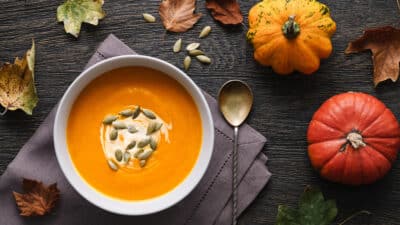Oysters are a tasty seafood that many people enjoy, but cooking them can seem tricky at first. Properly cooking oysters is important to bring out their natural flavor while keeping them safe to eat. The key to cooking oysters properly is to clean, shuck, and cook them using methods like grilling, steaming, or frying that suit your taste.
Knowing how to handle oysters with care makes a big difference. Cleaning them well and opening the shells without losing the juice inside helps maintain their fresh taste. Whether someone prefers their oysters tender or with a bit of a crispy edge, learning simple cooking techniques can make the process easy and enjoyable.
Oysters offer a lot of variety in how they can be prepared. This guide shows straightforward steps to help anyone cook oysters the right way, so each bite is just right.
Choosing the Best Oysters
Picking the right oysters makes a big difference when cooking. Freshness, the type of oyster, and how they are stored all affect taste and texture.
Selecting Fresh Oysters
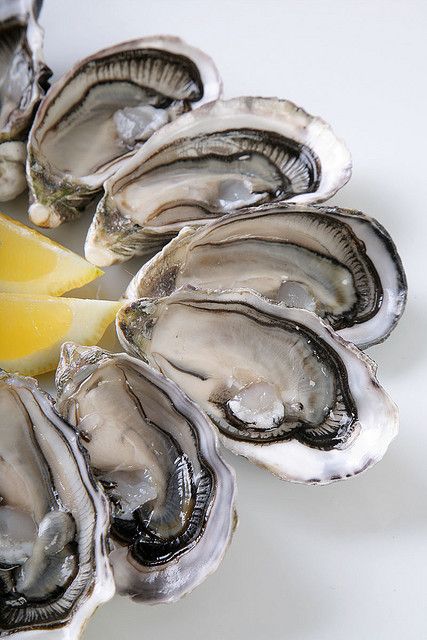

Fresh oysters have whole, undamaged shells. Cracked or broken shells can mean the oyster inside is dead or spoiled.
A good test is the weight. Fresh oysters feel heavy because they hold water inside. Shuck gently or tap two oysters together; a dull sound usually means they are fresh.
Look for clear, salty oyster liquor inside. Cloudy or dried-out liquid may mean the oyster isn’t fresh. Avoid oysters with an off smell.
Understanding Oyster Varieties
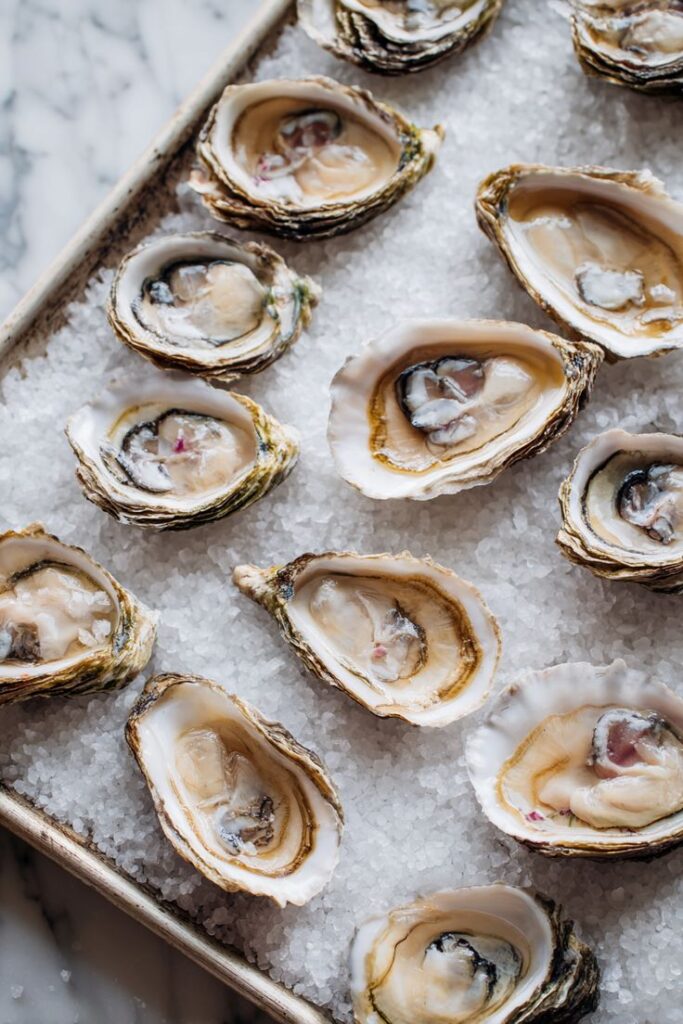

There are many oyster species, but a few are common for cooking. Eastern oysters are briny and firm, making them popular on the East Coast.
Kumamoto and Olympia oysters are smaller but have sweet, unique flavors. Larger oysters are easier to handle and provide a meatier bite, which some cooks prefer.
Different oysters suit different recipes. Knowing these differences helps choose the right type, whether for grilling, steaming, or pan-frying.
How to Store Oysters Properly
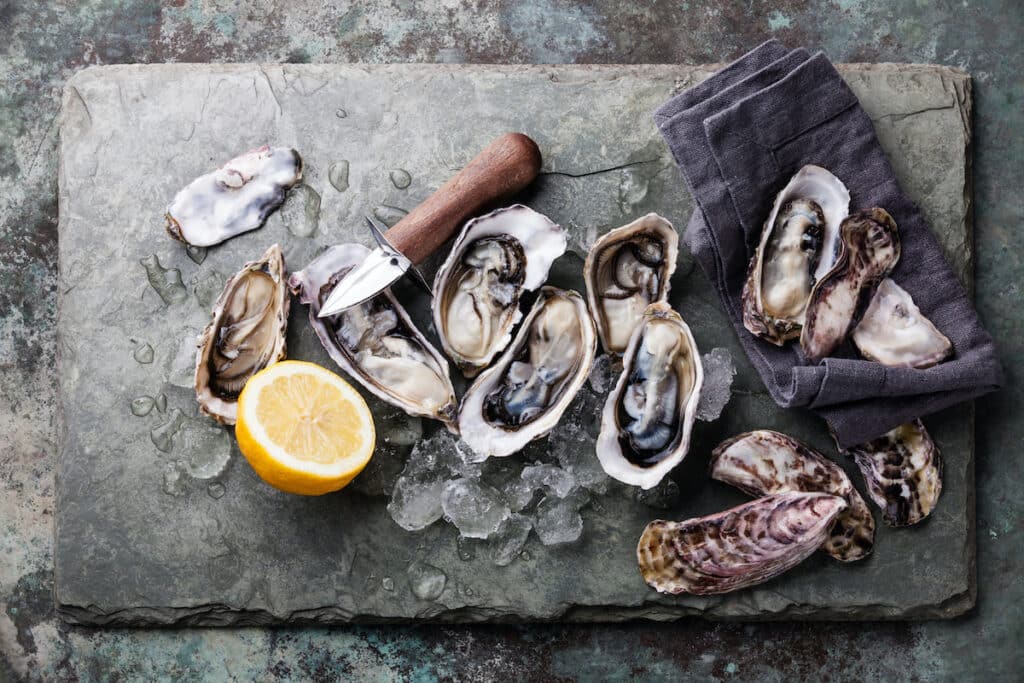
Oysters should stay cool and moist before cooking. Store them in the refrigerator at about 35-40°F (2-4°C).
Keep them covered with a damp cloth or wet paper towels to maintain moisture but avoid sealing them in airtight containers.
Do not soak oysters in fresh water or store them upside down, as this can kill them. Freshly shucked oysters should be patted dry before cooking to avoid excess moisture that could affect texture.
Essential Preparation Tips
Proper oyster preparation starts with cleaning, opening, and checking freshness. These steps ensure safety and bring out the best flavors in the final dish.
Cleaning and Scrubbing Oysters

Oysters should always be cleaned before cooking. Rinse them under cold running water to remove dirt and sand.
Use a stiff brush to scrub the outer shells thoroughly. Focus on crevices where grit can hide.
Avoid soaking oysters in fresh water as it can kill them or affect their flavor.
Place cleaned oysters on a clean towel or tray, ready for shucking or cooking right away.
Shucking Oysters Safely
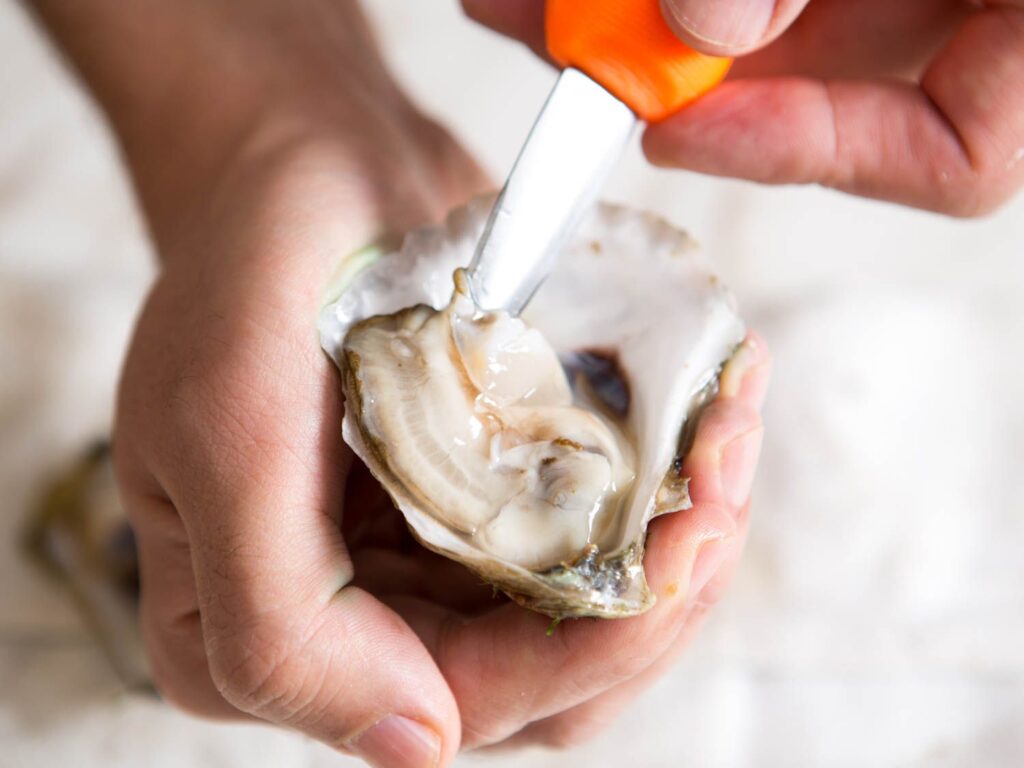

Shucking oysters requires care to avoid injury. Use a thick glove or a folded towel to hold the oyster firmly.
Insert an oyster knife at the hinge, twisting gently until the shell pops open.
Run the blade along the inside to cut the muscle that holds the shell closed.
Work slowly and keep the blade level to avoid spilling the oyster’s juice, which holds most of the flavor.
Dispose of any broken or cracked shells before cooking.
Checking for Freshness Before Cooking
Only cook oysters that are alive and fresh. Tap closed oysters; if they don’t close, they are likely dead and should be discarded.
Fresh oysters smell like the sea—clean and briny. Avoid those with a strong fishy or rotten odor.
Look for firm, plump meat inside the shell. Dry or shriveled oysters are past their prime.
Storing oysters properly on ice or in a refrigerator keeps them fresh until cooking time.
Popular Cooking Methods for Oysters
Oysters can be cooked in many ways, each bringing out different flavors and textures. Some methods keep the oysters juicy and tender, while others add a smoky or crispy touch. Cooking times and equipment vary, but all aim to highlight the oyster’s natural taste.
Steaming Oysters
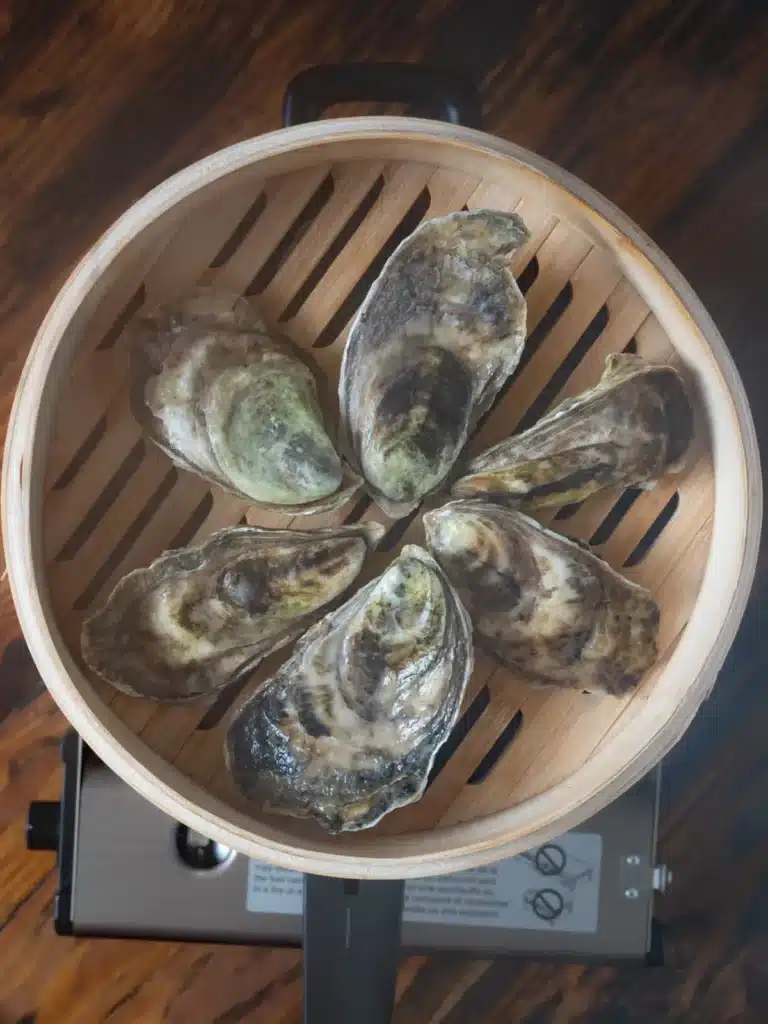
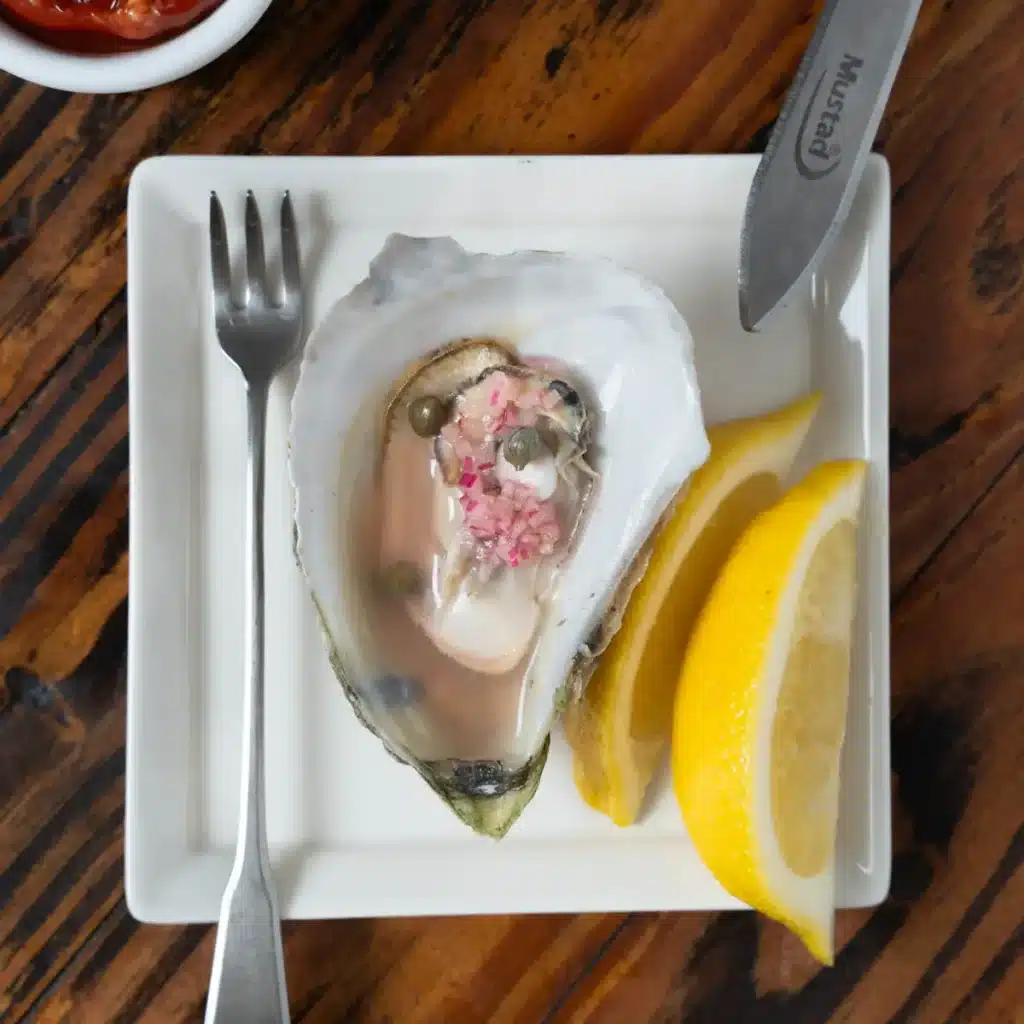
Steaming is a gentle way to cook oysters while keeping them moist and tender. To steam, place the oysters in a steamer basket over boiling water. Cover the pot and steam for about 5 to 7 minutes or until the shells open slightly.
This method preserves the oyster’s natural briny flavor. It also makes the meat plump and juicy without adding extra fat or seasoning. After steaming, the oysters can be served plain, with lemon, or with a light sauce.
Steaming is simple and quick, making it a great choice for beginners or anyone who wants a fresh taste with minimal effort.
Grilling Oysters
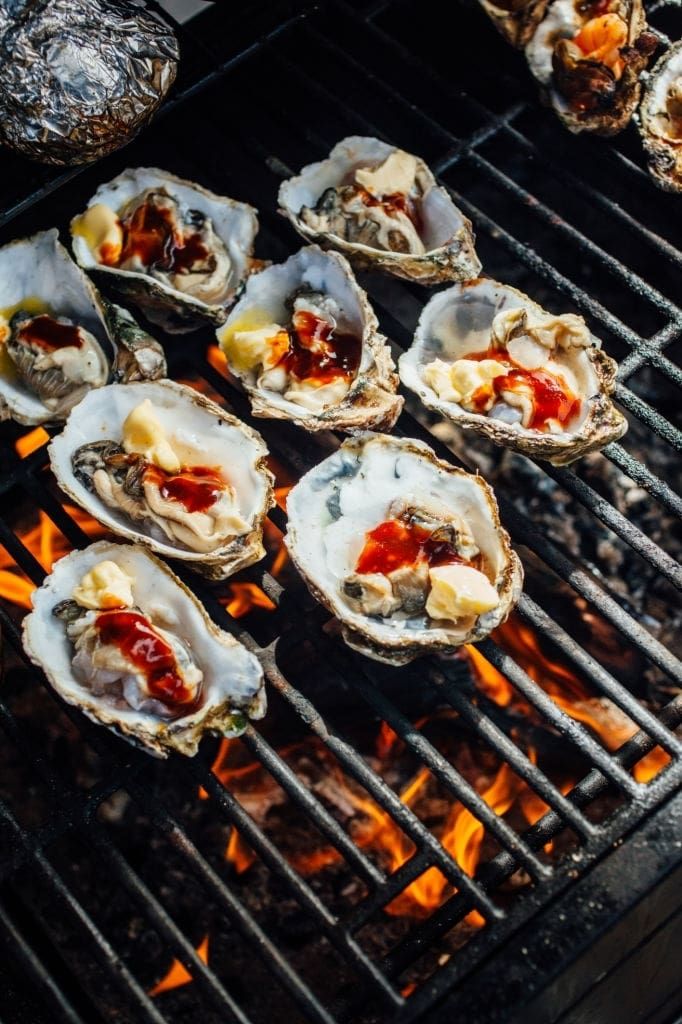

Grilling oysters adds a smoky flavor that many people enjoy. Before grilling, it’s important to scrub the shells clean. Place the oysters directly on the grill over medium heat. They usually take 5 to 10 minutes to cook.
The oysters are done when the shells open slightly and the edges of the meat start to curl. Grilling can be done with or without toppings like garlic butter or herbs.
This method gives the oysters a slight char and enhances their natural sweetness. It’s perfect for outdoor cooking or summer gatherings.
Baking Oysters
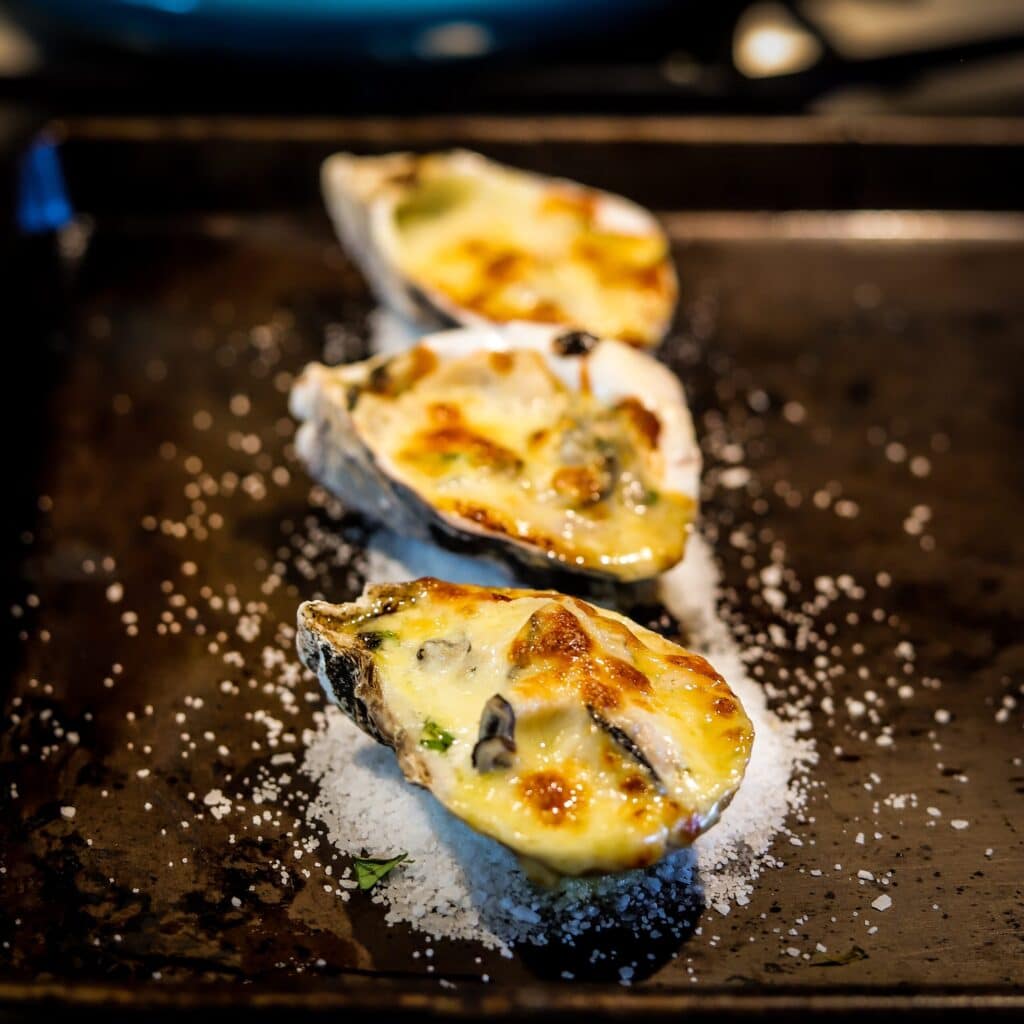
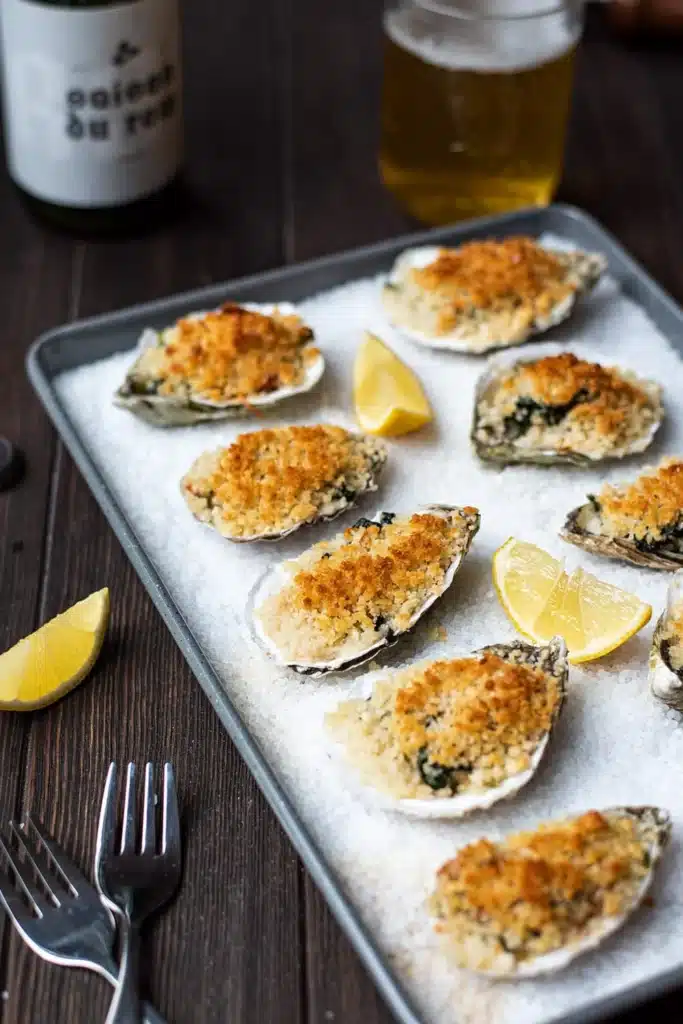
Baking is another popular way to cook oysters. Preheat the oven to about 425°F (220°C). Arrange shucked oysters on a baking sheet or dish, often with toppings like cheese, breadcrumbs, spinach, or butter.
Bake them for 8 to 12 minutes, until the oysters are hot and the toppings are golden and bubbly. Baking brings out deep flavors and adds warming comfort to the oysters.
This method is versatile because you can try different toppings to make oysters Rockefeller or other recipes. It works well for dinner parties or a warm appetizer.
Serving and Enjoying Oysters
Oysters are best enjoyed fresh and served in a way that highlights their natural flavors. Simple additions can enhance the experience without overpowering the oyster’s subtle taste. Using the right sauces and sides helps create a balanced and enjoyable meal.
Pairing Oysters with Sauces


Oysters pair well with light, tangy sauces that complement their briny flavor. A classic choice is mignonette sauce, made from vinegar, shallots, and cracked pepper. It adds a sharp, refreshing bite that works well with raw oysters.
Other popular options include:
- Lemon wedges for a fresh, citrusy squeeze.
- Garlic butter, melted and poured over cooked oysters to add richness.
- Hot sauce for a spicy kick, used sparingly to avoid overwhelming the oyster.
A small dab of herb butter—like parsley or tarragon mixed with garlic—also enhances grilled oysters by adding aroma and flavor without masking their natural taste.
Ideal Side Dishes for Oysters
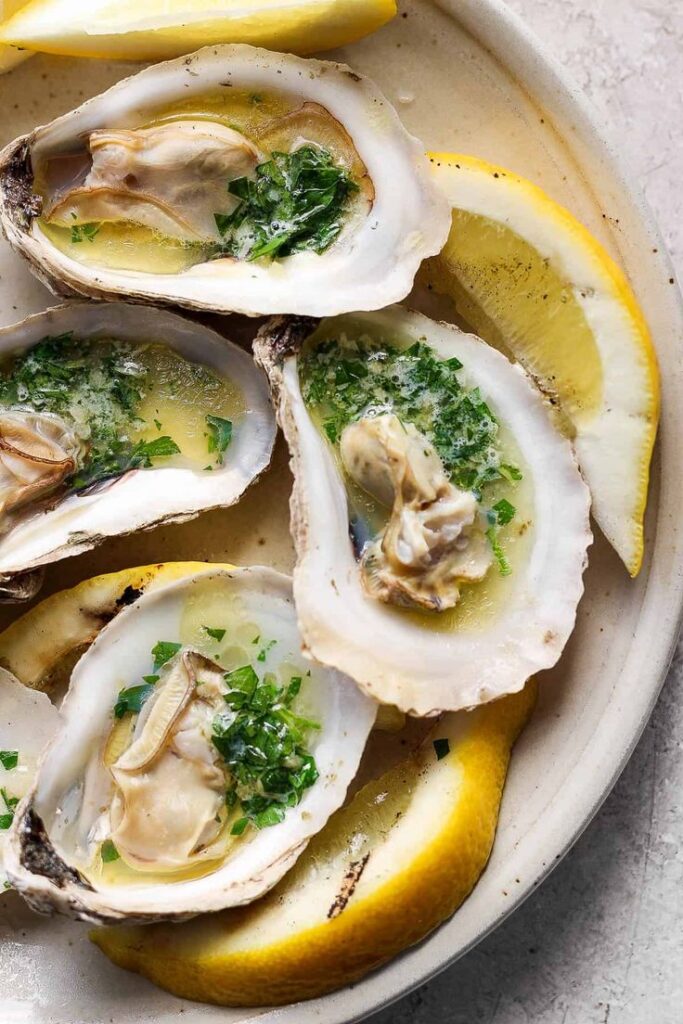

Serving oysters with simple, light sides helps balance their saltiness. Common choices include:
- Crackers or crusty bread, which add texture and help soak up sauces.
- Fresh salads, like mixed greens with a citrus vinaigrette, to add freshness.
- Coleslaw or pickled vegetables, which offer a crunchy contrast and a touch of acidity.
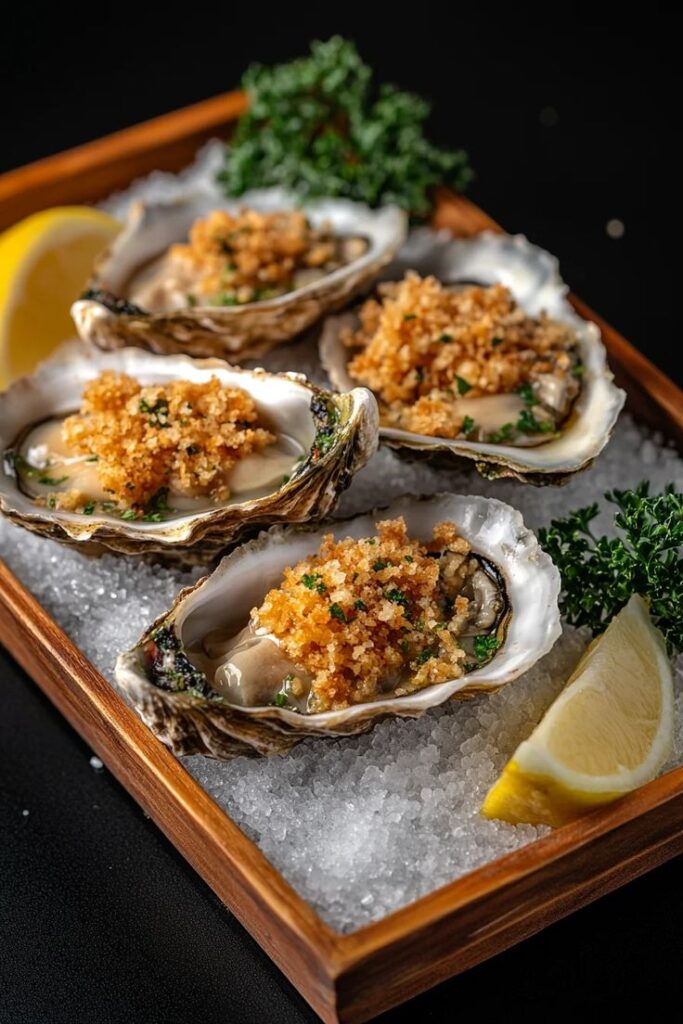

For cooked oysters, drinks like cold beer or a crisp white wine such as Sauvignon Blanc are excellent. These pairings complement oysters well without clashing with their natural flavor.


